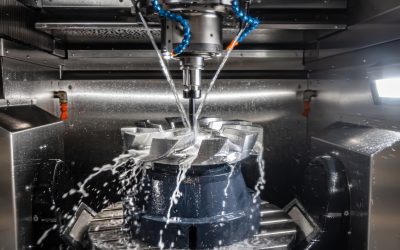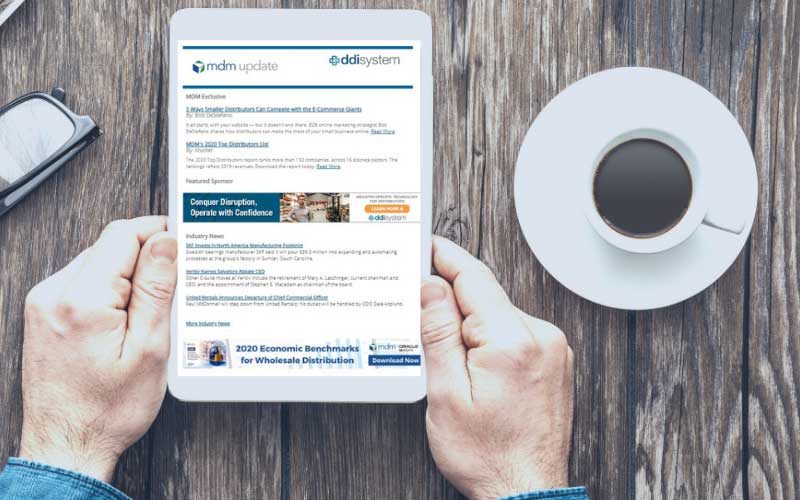
Driven by major gains in transportation equipment, July factory orders posted a strong rebound after decreases in June and May.







With demand softness lasting longer than any industrial distributor would prefer, we examine recent executive commentary and numerous economic indicators to make sense of business conditions.






Month-to-month, all but two of the U.S. wholesale trade’s 19 sectors saw further regression in our August forecast.




More than half of respondents in the 2Q24 Baird-MDM Distribution Survey indicated they characterized 2Q24 as slightly or much more competitive than a year earlier.




By providing your email, you agree to receive announcements from us and our partners for our newsletter, events, surveys, and partner resources per MDM Terms & Conditions. You can withdraw consent at any time.
Wholesale distribution news and trends delivered right to your inbox.
Sign-up for our free newsletter and get:
